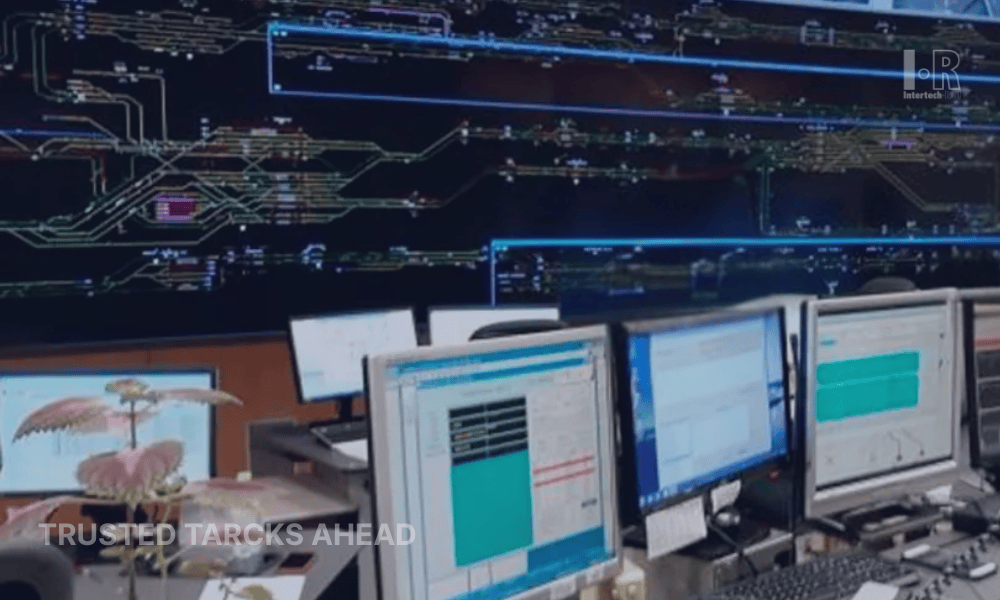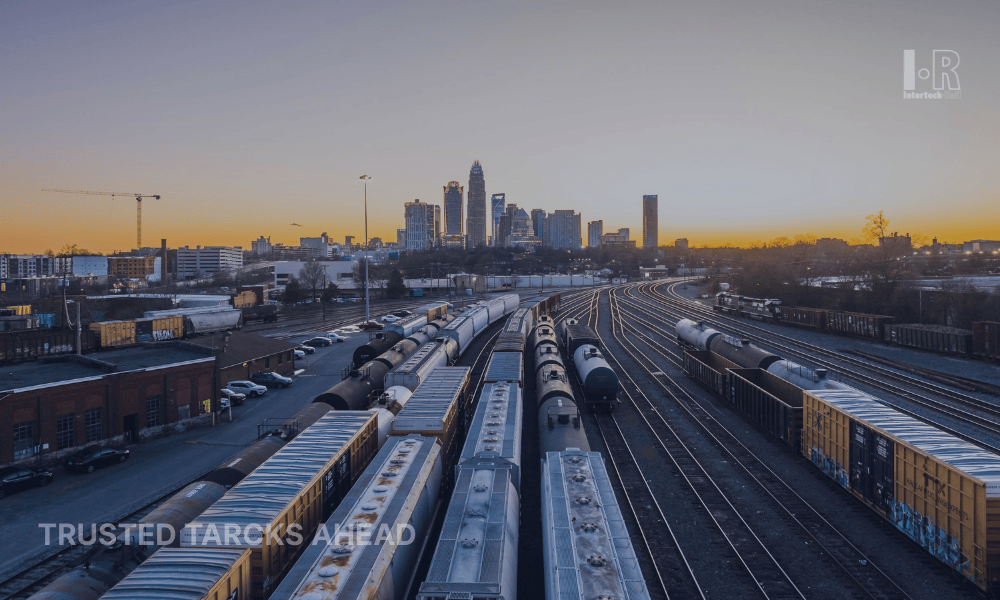RFID Solutions are worth every penny of investment in railway logistic
What does the acronym AEI mean?
AEI. Three letter for the acronym Automatic Equipment Identification, which is the electronic recognition system in use in the North American railway industry that, on its turn, uses RF technology in order to identify railway equipment during their routes. RCCS, four letter for the acronym Railway Components Control System, also known as AEI.
Only one more letter, just a question of naming? Not exactly. The fact is that the RCCS is completer and more considered more encompassing — and that is what I am going to explain in this article, by showing how, from the very beginning, we can have a better understanding of these three or four letters. Here we go.
A railway logistics company can possess hundreds of locomotives of several models that need different types of maintenance, also in different timetables. Many times, these same companies also possess hundreds of wagons, also of the most different types, ages and conditions, and that also need maintenance. Besides knowing when to have the maintenance of these precious assets carried out, it is also necessary to know on which segment of the railway each one of them is located, and what each one of them is transporting. This control can be purely made via control software at the OCC (Operating Control Center), via cameras possessing devices of automatic identification or even GPS (Global Positioning System). However, since having implemented hundreds of these systems all over the world, I can say that none of them is as reliable as the control by TAGs with the RFID technology (acronym for Radio-Frequency IDentification), which is nothing more than the control by small metallic labels containing small internal electronic circuits that, being stimulated by an electromagnetic field, broadcast recorded information on the ID of each wagon, their size, model, number of axes and whatever is necessary to be identified.
How it works?
In practice, this is how it works: along the railway, antennae and readers are installed that identify when a railway convoy passes by that segment, on its turn identifying each one of its components and broadcasting these pieces of information to the Control Center. The best technologies have a margin of practically zero per cent (or 0.01%, to be precise). These TAGs, or magnetic labels, have an incredible duration of 300 years (the best brands of them), do not require maintenance, since they do not need batteries, and are the only way how the control centers can know for sure where their assets are in the railways and to extract numberless performance indicators so as to improve the productivity of the logistics system.
The companies that are most concerned and proactive with regards to their assets and goals possess labels inclusively in the COMPONENTS (hence the extra letter, and that make all the difference, in the RCCS acronym) of the wagons and locomotives, such as axes (wheelsets), wheels and [other] parts of the train. With that, it is possible to know, without a shadow of a doubt, which is the axis of a certain wagon that has already run so many thousands of miles and need to undergo maintenance before it breaks and ends up causing a railway accident. This is the RCCS, the Railway Components Control System, which should be adopted by major logistics companies and miners that need to have their products transported via railway networks. The problem lies on the fact that most of them fail to do so, or, when they do, they make use of low-cost and quality-TAGs, losing the control of their assets after their first years (if not months) of use.
The reliability of the use of only control software or cameras is extremely low. By the way, the use of cameras in railways is undoubtedly the first system to fail on account of the hostile environment of the railway networks (intense vibration and dust). And the use of GPS (Global Positioning System) is still expensive and lacks precision for the application of the AEI or RCCS. First of all, because it requires the use of a battery, and secondly, because its use would be limited to the locomotives, since it is impossible to place a GPS on an axis of a wagon.
A railway compound implies huge investments and the loads it transports is also too valuable not to think of having a complete control of assets. In addition to this, taking into account that they are the best technologies existing so far, the RFID solutions are incredibly cheap and are worth every penny of the investment. Here are my two cents!
* Wilson Antunes is an entrepreneur and specialist in metro railway automation, and Engineer graduated by the Polytechnical School of the University of São Paulo (Poli-USP), as well as Business Administration by the Getúlio Vargas Foundation.
* * *
Allameda.com – Press Relations Office & Communication
In order to obtain interviews and pictures, contact Renata Bosco at +55 11. 97999-9923
Read more:
- Vital Signaling: technology that propels the production and the railway transportation of ore
- Brazil on the tracks: Railway Landmark and sustainability get advancements in the domestic market




